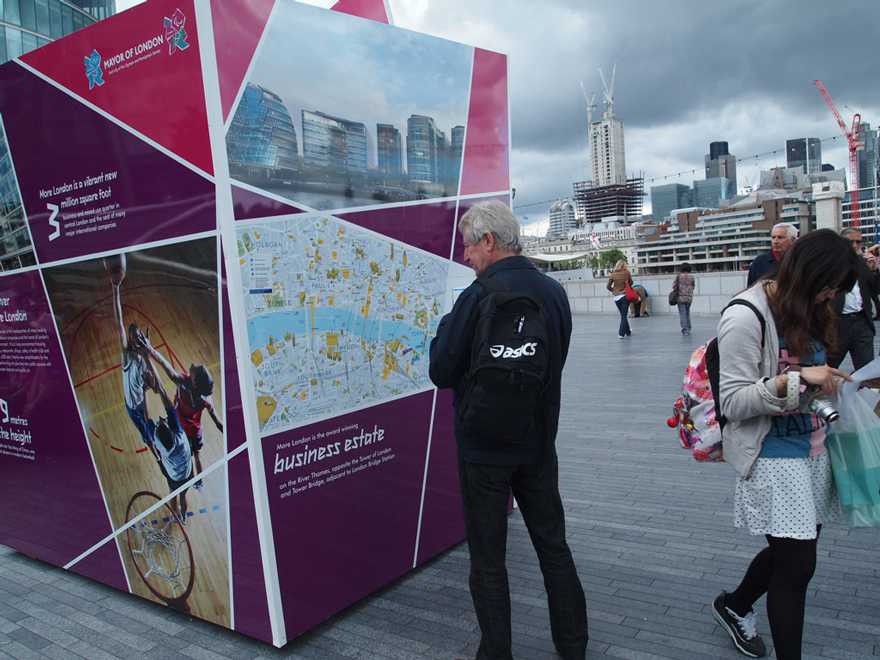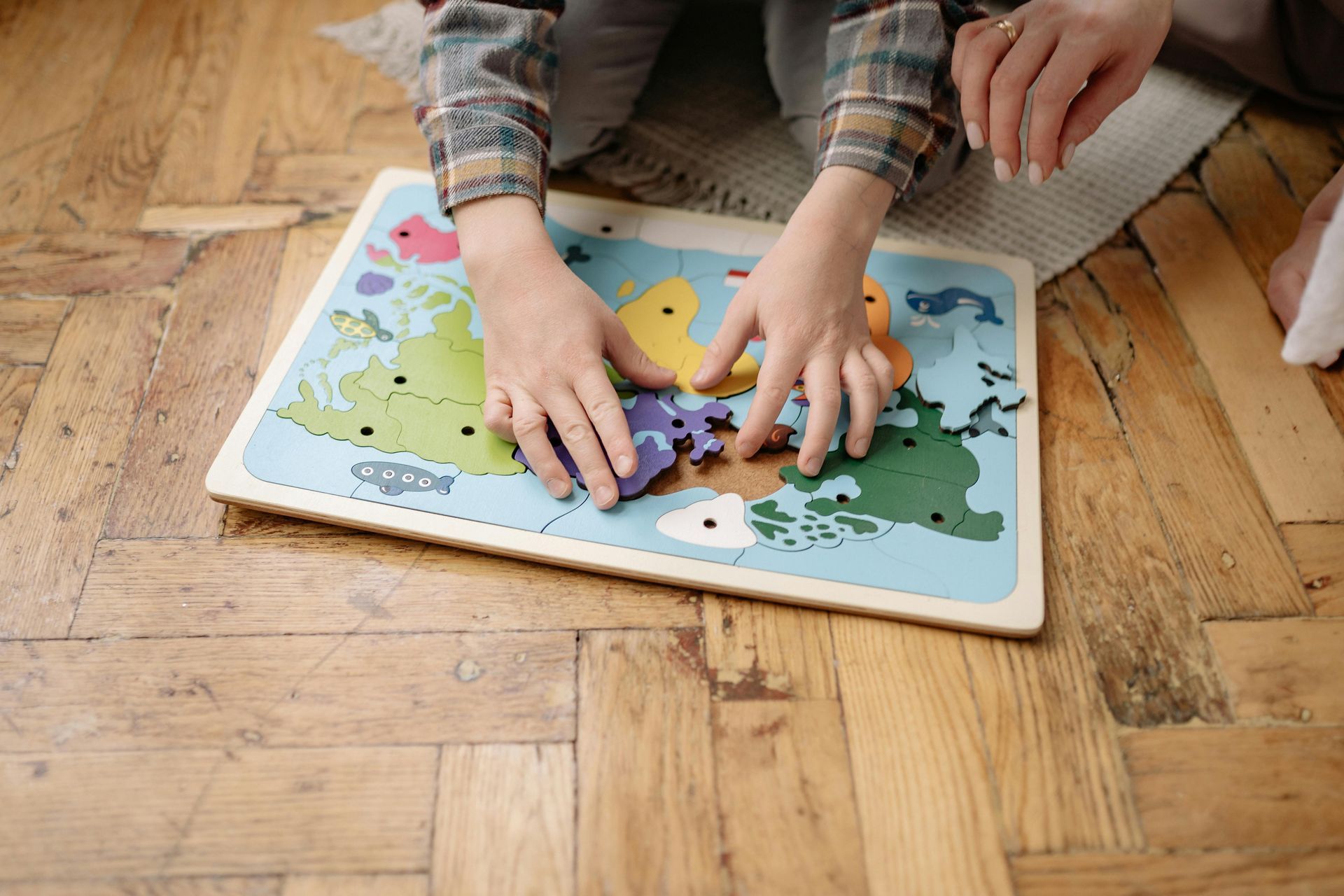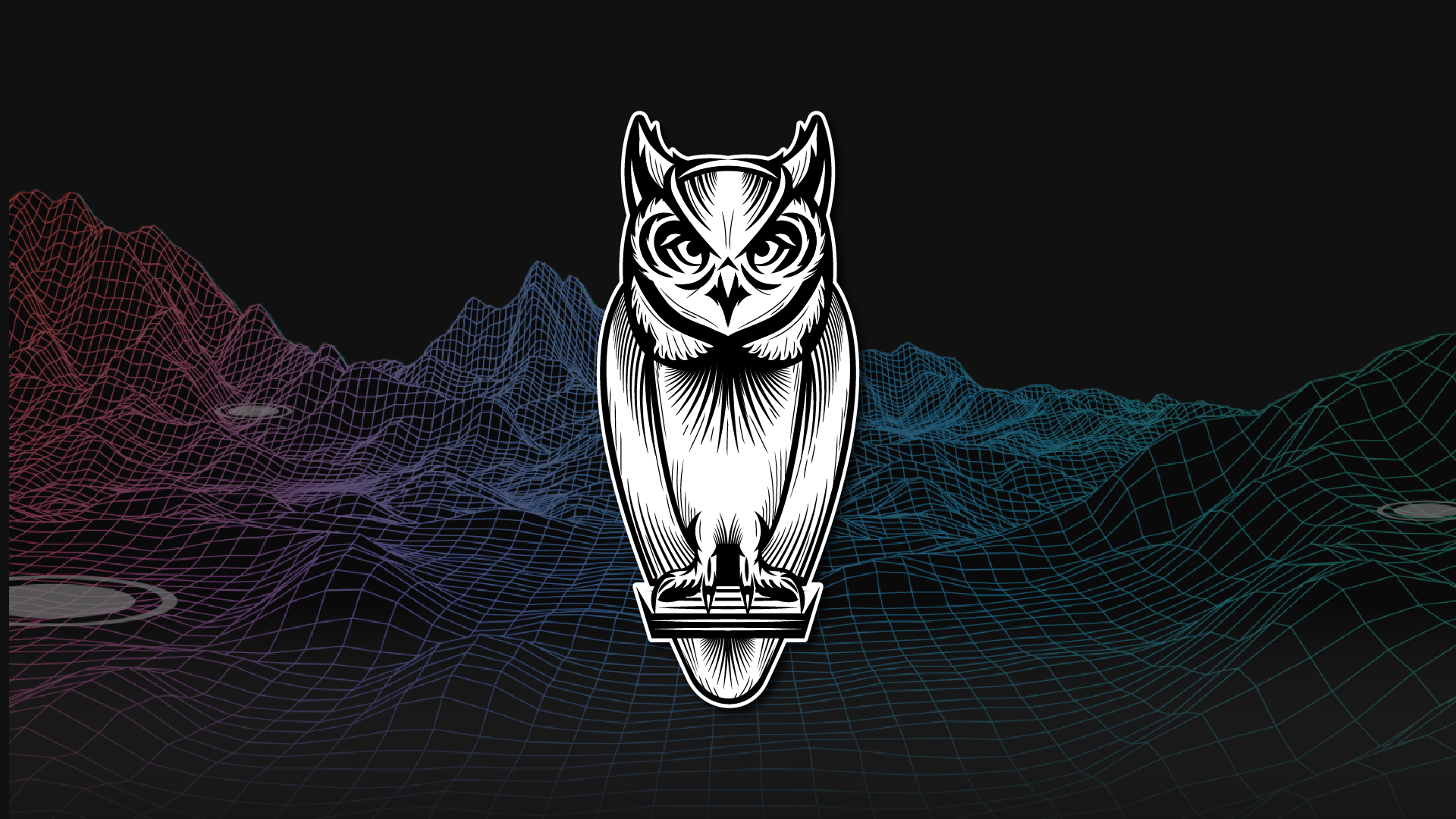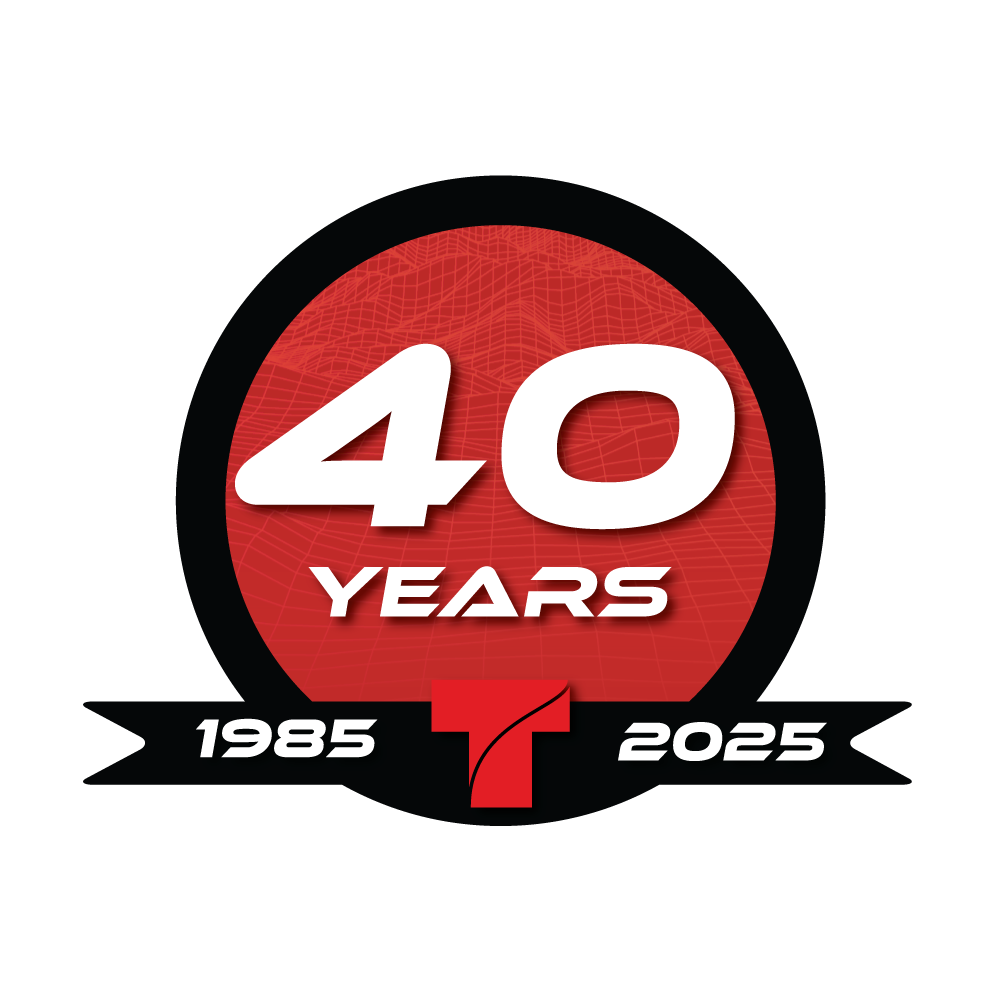How Smart Wayfinding Solutions Benefit Communities
Wayfinding is a central part of our work at T-Kartor, and we believe in its power to build, maintain, and grow strong communities.
Many of us use different forms of wayfinding every day to get around and travel. At its core, wayfinding is about understanding our position in relation to a place and planning effective routes.
Wayfinding also plays into other community areas—let's explore those and discuss the benefits.
Accessibility
Thoughtful wayfinding design makes environments more inclusive. Well-designed navigation tools are critical for people with disabilities.
Tactile signage, braille markers, audible signals, and clear, high-contrast maps allow individuals with vision or mobility impairments to travel independently and confidently.
Wayfinding also contributes to cognitive accessibility. Easy-to-follow signage helps people with developmental disabilities or memory impairments navigate complex environments like hospitals, campuses, or city centers.
When cities prioritize inclusive design, everyone benefits.
Tourism
Visitors rely on wayfinding more than locals, and great signage can make a confusing trip memorable. Tourists who feel confident navigating a city are more likely to explore further, spend more money, and leave with a positive impression.
Wayfinding connects travelers to local businesses, historic landmarks, attractions, and transit options. A well-designed system helps tell a city's story—through fonts, colors, and symbols that reflect local culture—and strengthens its tourism appeal.

Public Transportation Use
Wayfinding helps make public transit systems less intimidating, especially for new riders or non-native speakers.
Consistent, clear signage at bus stops, train platforms, and transfer points encourages more people to use sustainable modes of transportation. Digital and physical tools that show estimated arrival times, accessible paths, and real-time updates improve the overall transit experience.
When people understand how to get where they're going without getting lost, they're more likely to rely on public transportation over personal vehicles.
Events and Community Building
From art festivals and concerts to parades and holiday markets, public events thrive when attendees can easily navigate them.
Wayfinding signage—such as event maps, directional arrows, or color-coded zones—makes it easier for people to find what they're looking for, avoid congestion, and enjoy the experience.
Effective wayfinding can also help reinforce a neighborhood or city's identity. Incorporating local themes, art, or language into the design strengthens a sense of place and encourages civic pride. In this way, wayfinding does more than direct—it connects.
Sustainability
Wayfinding can promote environmentally conscious behaviors by making walking, biking, and transit more appealing. Signs that mark pedestrian-friendly routes, bike lanes, and greenways encourage residents and visitors to leave their cars behind.
Cities can reduce emissions, traffic congestion, and travel's environmental impact by guiding people to sustainable transportation options and helping them feel secure and informed; this is especially important in urban planning as communities aim to meet climate and sustainability goals.
Health and Fitness
Good wayfinding design can encourage healthier lifestyles. Signage that promotes walking routes, trails, parks, or exercise facilities makes it easier for people to get moving. When a city is easier to explore on foot or by bike, more people take advantage of the opportunity to stay active.
Small cues, such as distance markers, "10-minute walk" signs, or maps showing safe paths, can inspire more physical activity and support public health initiatives.

Families
Parents navigating public places with children benefit from clear, family-friendly wayfinding.
Signs that point to restrooms, stroller-accessible paths, food vendors, or kid-friendly zones help reduce stress and make outings more enjoyable.
Intuitive wayfinding in parks, zoos, museums, or public plazas allows families to feel more comfortable and confident, encouraging them to return and further engage with their community.
Public Safety
Wayfinding plays a crucial role in public safety, especially during emergencies. Signage that points to exits, shelters, medical stations, and emergency contact points can save lives.
In large venues or during crowded events, wayfinding helps prevent bottlenecks and directs people away from danger.
For first responders, good wayfinding design means faster response times and easier access to key locations. It also improves safety by helping pedestrians avoid high-traffic areas or construction zones.
Connect with T-Kartor
Wayfinding is more than a practical tool—it's a powerful way to shape how people interact with a space.
Whether enhancing accessibility, supporting public transit, or promoting community events, effective wayfinding makes our environments safer, more inclusive, and more enjoyable.
T-Kartor provides high-security solutions for the public safety sector, enabling collaboration among public safety agencies, crisis management teams, and civil defense organizations through secure information sharing and decision support.
Reach out to our team today to learn more!





